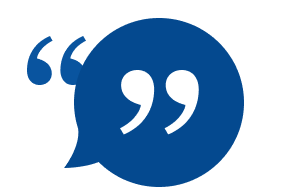Specialty overview
Rehabilitation medicine physicians assess, diagnose and treat a patient’s mobility and function after injury, illness or a chronic condition, to maximise the patient’s independence and to maintain or improve their quality of life.
Clinical practice
Rehabilitation physicians work collaboratively with other health professionals, carers and families to develop patient-centred, individualised treatment plans. Rehabilitation physicians maximise the restoration of the physical, cognitive, psychosocial and vocational functions of their patients, to maintain their health and prevent secondary complications of disability.
Key statistics
2023 QLD Training program selections(first year)
15
eligible
13
selected
Number of Queensland and Australian specialists
Number of Queensland and Australian new fellows
Number of Queensland trainees and average work hours
Information on specialists
-
Specialists over 60
This donut chart shows that 14% of specialists are aged over 60 years. -
Specialist intending to retire by 2032
This donut chart shows that 23% of 2022 workforce intend to retire by 2032. -
Location in Queensland
This donut chart shows the percentage of specialists by their location: 15.2% are located in regional Queensland, 84.8% are in major cities, and 0% are in remote areas. The chart highlights that a vast majority of specialists are based in major cities. -
Proportion Female/Male - QLD
39.2%
male60.8%
femaleThis doughnut chart shows the proportion of males and females. Males are 39.2%, Females are 60.8%. -
Public vs Private
38.5%
private61.5%
publicThis doughnut chart shows the proportion of public and private specialists. Private is 38.5%, Public is 61.5%.
Information on trainees
-
Proportion female/male trainees in Queensland
36.1%
male63.9%
femaleThis doughnut chart shows the proportion of males and females. Males are 36.1%, Females are 63.9%. -
2023 QLD Training program selections (first year)
15
eligible13
selectedThis doughnut chart shows the number of 2023 QLD Training Program Selections (First Year). 15 Eligible applications were received, 13 of those were selected.
